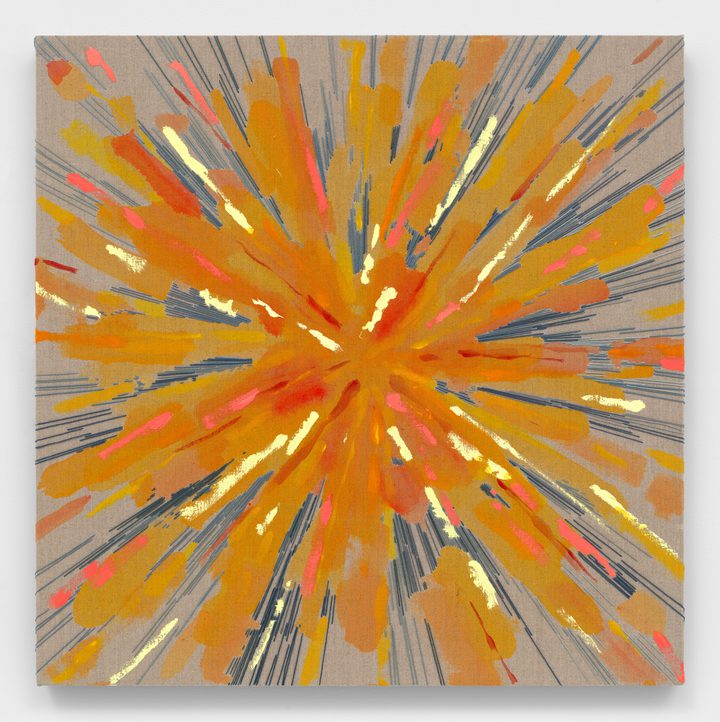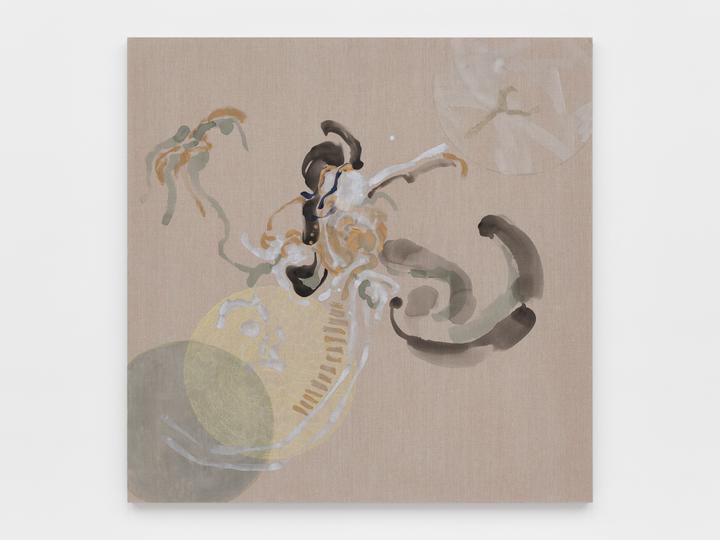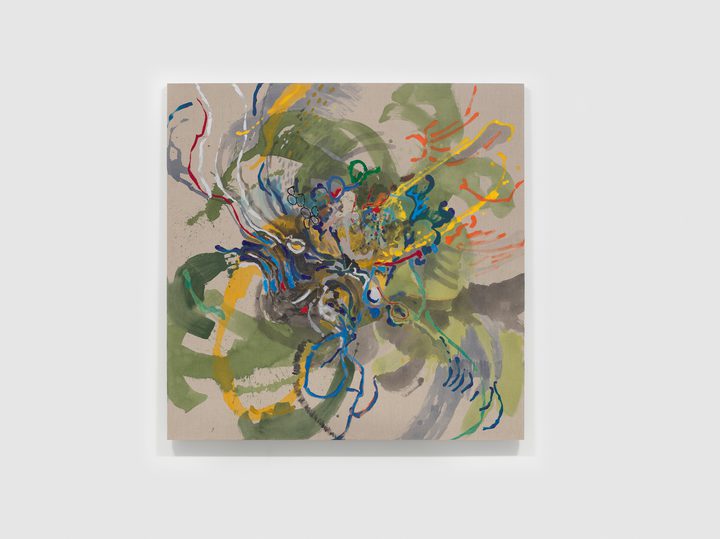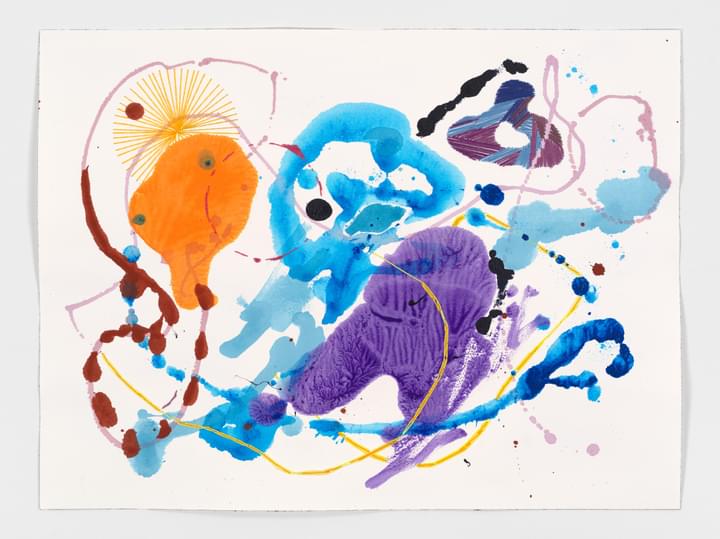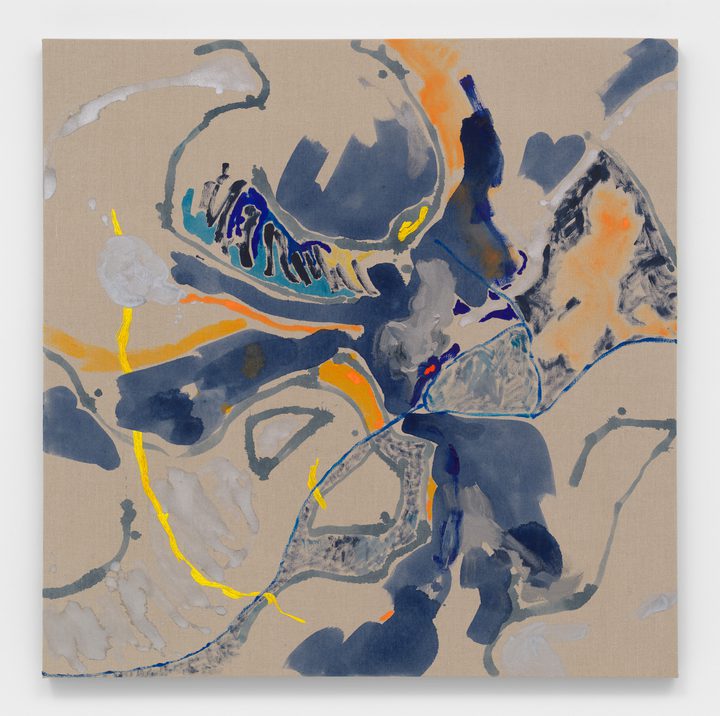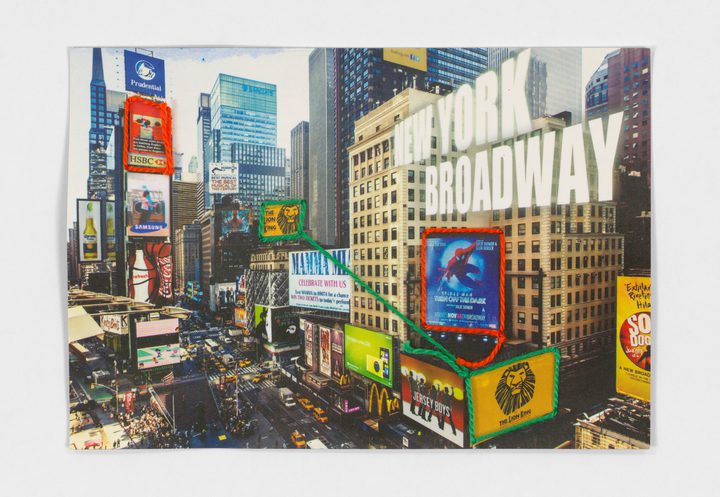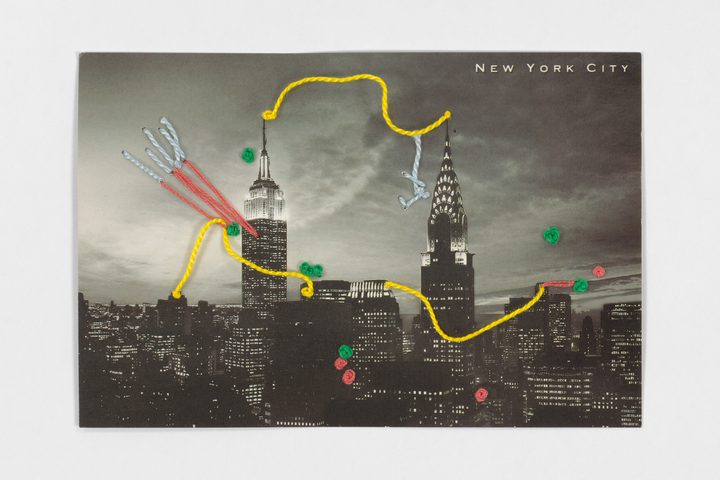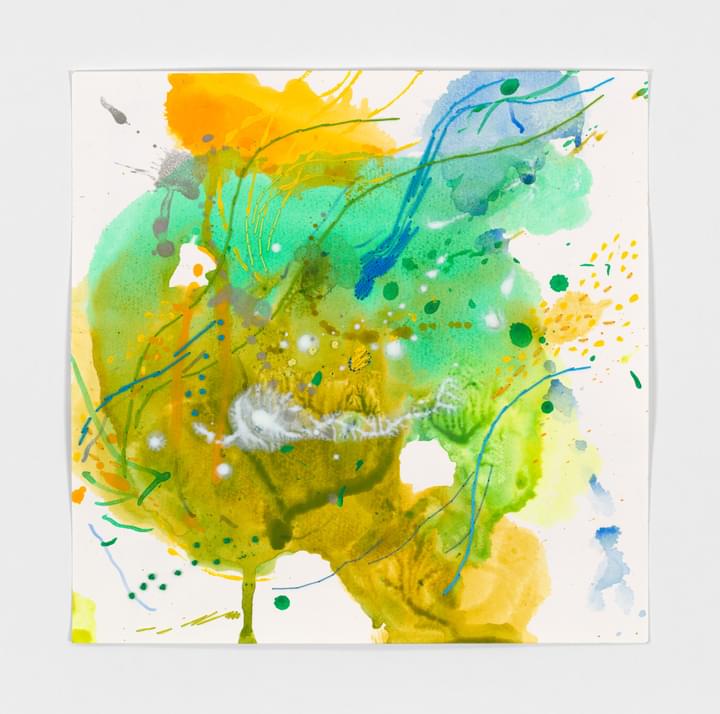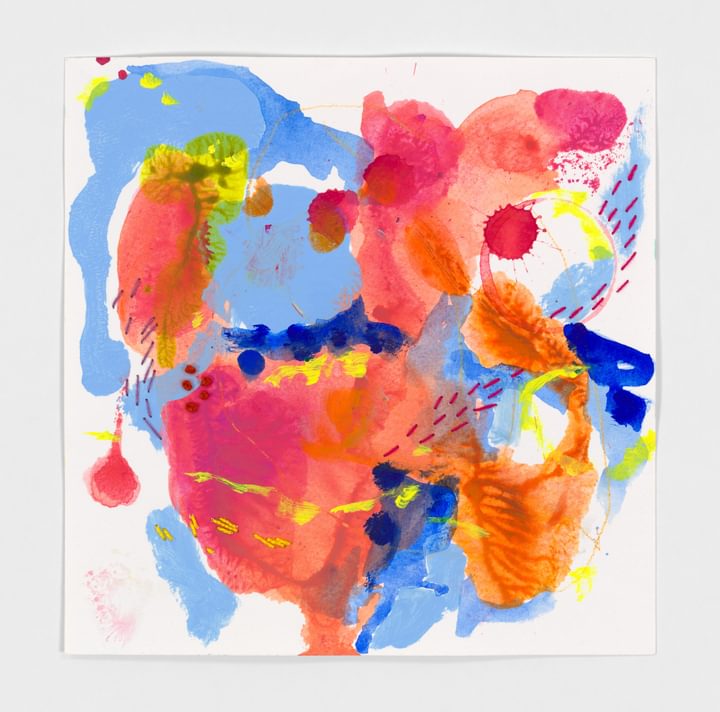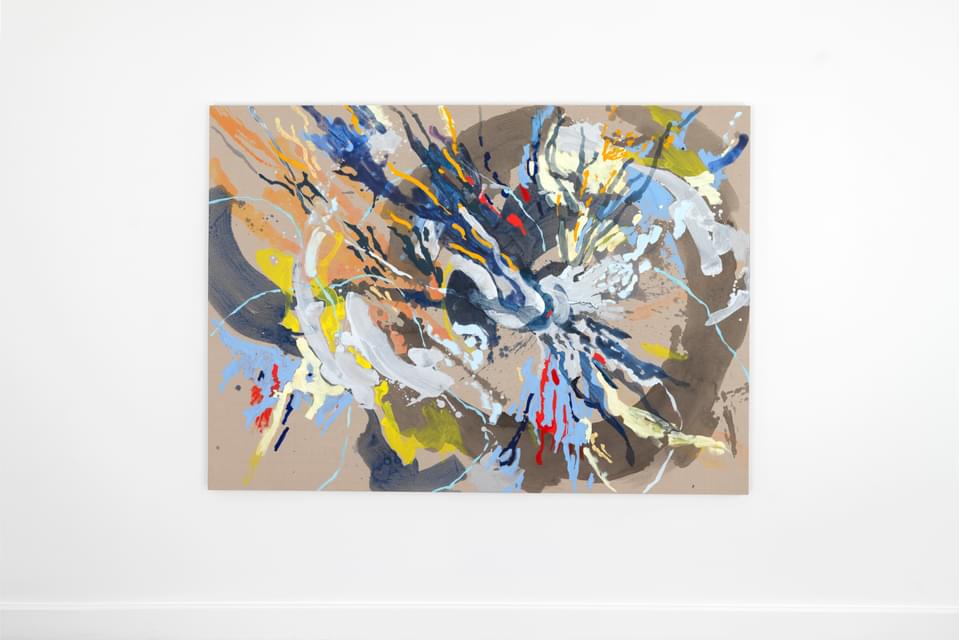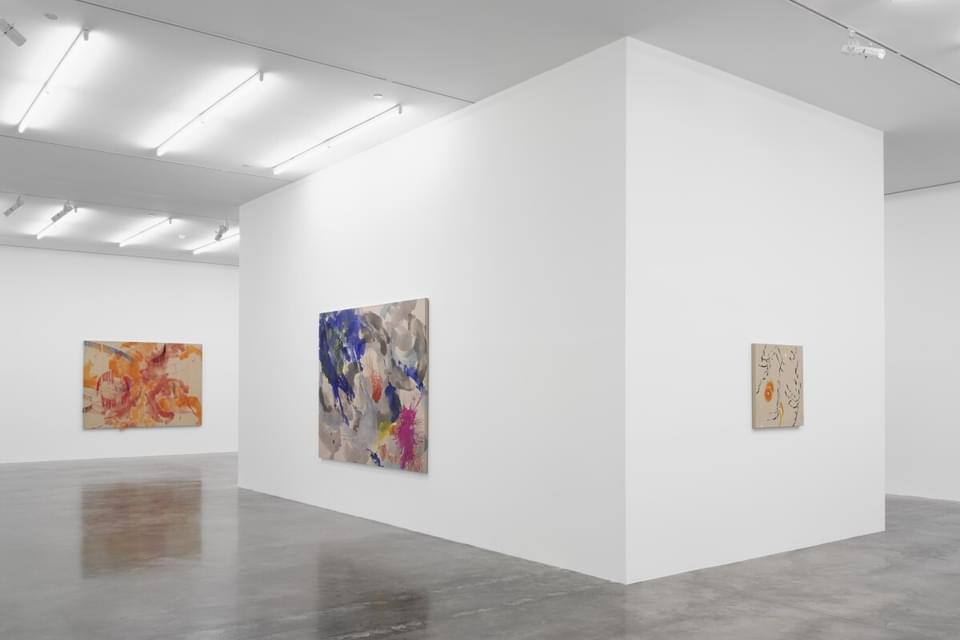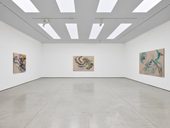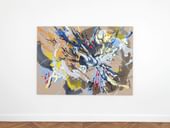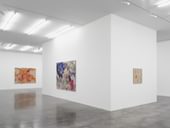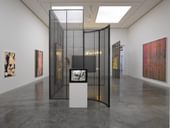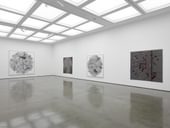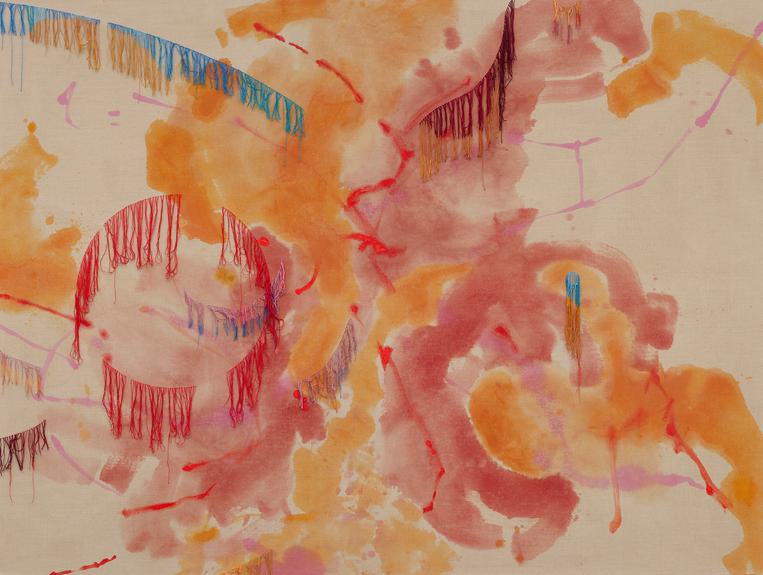
High Thought Tunes, PC, 2020
Jessica Rankin
Lives and works in New York
B. 1971
Artworks

Contact us about available Jessica Rankin works
Exhibitions
Gallery Exhibition
Jessica Rankin
28 January – 28 February 2026
Gallery Exhibition
Jessica Rankin
Sky Sound
20 September – 9 November 2024
Gallery Exhibition
Jessica Rankin
People Earth Sky Stars
12 May – 9 July 2022
Gallery Exhibition
Jessica Rankin
‘the nostalgia for the infinite’
17 March – 1 May 2021
Films
Jessica Rankin at White Cube Hong Kong
Jessica Rankin discusses the new works on paper and paintings on view in her exhibition, ‘Sky Sound’ at White Cube Hong Kong in 2024.
Jessica Rankin at White Cube Hong Kong
Jessica Rankin discusses her exhibition, ‘Sky Sound’ at White Cube Hong Kong in 2024.
Jessica Rankin and Tim Marlow
Jessica talks to Tim Marlow about the genesis of her embroidery technique, the influence of Feminist artists from the late 1960s and '70s and her interest in the work of ghost story writer M.R. James.
Jessica Rankin on ‘the nostalgia for the infinite’
On the occasion of her 2021 exhibition at White Cube Bermondsey, Jessica reflects on the direction of her paintings, her use of poetry and the inspiration she found in John Cage's idea to ‘be unfamiliar to yourself'.
Jessica Rankin
Jessica discusses her studio practice, inspirations and methods of production with White Cube's Tim Marlow. The conversation took place in the artist's New York studio in 2011.
News
Find out more21 October – 16 December 2017
Create an Account
To view available artworks and access prices.



